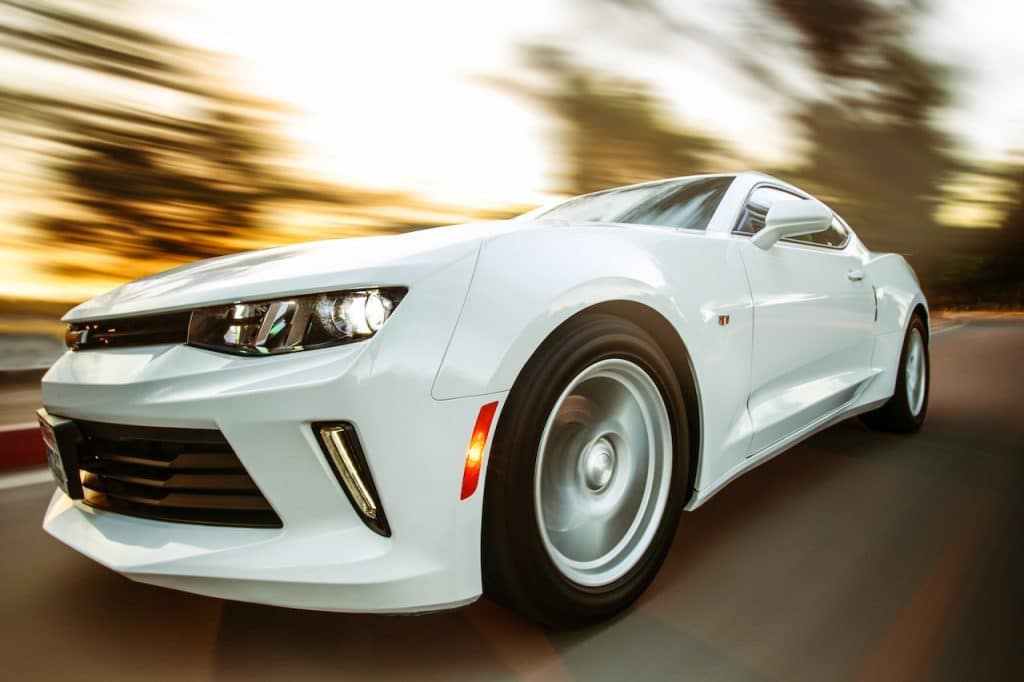The choice of driving school
quality not quantity
Choosing the right driving school is the basic and essential first step on the way to a successful driving test. This decision will go a long way in determining whether you will not only gain the necessary skills and knowledge, but also the confidence and safety essential to driving on the roads. There are numerous aspects that need to be taken into account that characterize a good driving school.
First of all, the driving instructor is of central importance. A competent and patient teacher can make the learning process much easier. He not only imparts the necessary knowledge, but is also able to respond individually to the needs of the students. The driving instructor's ability to explain complex traffic situations in an understandable way and to eliminate uncertainty makes a significant contribution to making you feel safer and better prepared for the practical test.
Another important factor is the equipment of the driving school. Modern vehicles with modern safety and assistance systems are not only a basic requirement for appropriate training, but also convey a feeling of being up-to-date and practical. Modern teaching materials, such as interactive learning apps or digital textbooks, are also an indicator that the driving school adapts to current technological developments and offers its students the best possible learning experience.
In addition to these basic points, you should also consider the reputation and experience of the driving school. Experience reports from former driving students can provide valuable insights into the quality of training and success in the driving test. A driving school that has had a high success rate over the years signals reliable and effective preparation for the exam situation.
Comparing the different driving schools is therefore worthwhile in many ways. In addition to the financial dimension, as prices and offers can vary, you will also save valuable time by choosing a driving school that best suits your individual needs. The careful selection process not only ensures a successful driving test, but also lays the foundation for safe and competent participation in road traffic.
Factors for choosing a driving school
- Competent driving instructor who responds to individual needs.
- Modern vehicles with the latest safety and assistance systems.
- Use of modern teaching materials such as learning apps and digital textbooks.
- Positive reputation and high success rate in the driving test.
- Experience reports and recommendations from former driving students.
- Adjusted prices and transparent offers.
- Convenient location and accessibility to the driving school.
- Flexibility in class times to accommodate your own schedule.
- Ability to use different learning methods to suit individual learning style.
Driving license theory: This is how the information gets stuck
Driving license theory can be challenging. It's not just about understanding the rules, but also internalizing them. But with the right preparation and the right learning methods, the theory test can be passed successfully.
Tips and tricks for the theory test
Don't just memorize, but try to really understand the rules. Combine different learning methods such as online courses, learning books and learning apps and take regular breaks to give the brain time to recover.
Tips and Tricks
-
Understanding about memorization: Don't just rely on memorizing the rules, but make an effort to really understand them. A deep understanding makes it easier to apply the rules in different situations.
-
Versatile learning methods: Use a wide range of learning methods to cover different aspects. Combine online courses, learning books and learning apps to have different perspectives and approaches.
-
Active learning strategies: Instead of passive reading, rely on active learning strategies. Ask questions, discuss the topics with others and try to explain what you have learned in your own words.
-
Create summaries: Create summaries or mind maps to visually represent key concepts. This helps to better organize and internalize complex information.
-
Practice through practice questions: Use practice questions to test your knowledge and simulate the exam situation. This helps to deepen the understanding of the topics and identify possible gaps in knowledge.
-
Learning in small units: Instead of holding long, marathon study sessions, break your learning into small chunks. Short, focused learning phases are more effective and make it easier to retain the information.
-
Regular breaks: Schedule regular breaks to give your brain time to recover. Short breaks every 25-30 minutes help maintain concentration and make learning more efficient.
-
Repetition and verification: Regularly repeat what you have already learned to make sure you don't forget anything. Review your knowledge regularly to ensure constant refreshment.
-
Visualization techniques: Use visualization techniques to visualize difficult concepts. This can make remembering and understanding easier.
-
Self-tests and mock exams: Take self-tests and mock exams to measure your progress and simulate the exam situation. This reduces exam anxiety and gives you more confidence.
-
Healthy lifestyle: Make sure you get enough sleep, eat a healthy diet and exercise regularly. A healthy lifestyle helps your brain function optimally and helps you learn better.
-
Positive attitude: Approach learning with a positive attitude. An optimistic attitude increases motivation and promotes better learning success.
Driving license practice: achieve success with calm and composure

Driving practice is a particularly nerve-wracking experience for many student drivers. But the same applies here: practice makes perfect. With enough driving lessons and good preparation, every learner driver can take the driving test calmly and calmly.
Tips and tricks for the driving test
Find your own methods to stay calm before the exam. Whether that's a specific ritual or a calming playlist, what's important is that you feel comfortable. Concentrate on the road and not on your examiner - he is only human.
The path to getting a driving license: From registration to the driving test
The process from registering at driving school to receiving your driving license can be lengthy and complicated. But with the right planning and preparation, this hurdle can also be easily overcome.
From learner driver to road user: This is how you become a safe driver
The journey doesn't end when you pass your driving test. As a newly minted driving license holder, it is now important to prove yourself in daily traffic and always drive safely and with foresight. With these tips you will become a safe and confident driver.
Tips and tricks for safe driving
Drive defensively and always look ahead. Be aware that other road users may make mistakes and respond appropriately. Always remain calm and do not allow other road users to provoke or stress you. Safety always comes first!
-
Defensive driving style: Drive defensively and proactively by adjusting to the behavior of other road users. Anticipate potential dangerous situations and react early.
-
Appropriate distance: Always keep enough distance from the vehicle in front of you. A safe distance allows you to brake or swerve in time if necessary.
-
Speed adjustment: Adjust your speed to the current traffic and weather conditions. Never exceed the maximum permitted speed and adapt your driving style to signs and traffic flow.
-
Gaze technique: Use effective gaze technique by regularly scanning the street, traffic and your surroundings. Keep your eyes on the move to spot potential dangers early.
-
Correct entry and exit: When entering and exiting streets or highways, use the correct lane and use your turn signal early to inform other drivers of your intentions.
-
Turn signals and hand signals: Always use the turn signal to indicate changes of direction. If necessary, you can also give hand signals to make your intentions clear.
-
Avoid distraction: Avoid any distractions while driving, such as using your smartphone or other electronic devices. Concentrate solely on driving.
-
Alcohol and drugs: Never drive under the influence of alcohol, drugs or medication that may impair your ability to drive. These substances reduce your ability to react and increase the risk of accidents.
-
Keep calm: Stay calm and collected, even in stressful traffic situations. Aggressive behavior creates insecurity and can lead to dangerous situations.
-
Timely braking: Practice braking and initiating deceleration in a timely manner. Gentle braking reduces the risk of abrupt maneuvers and collisions.
-
Blind spot: Be aware of the “blind spot” when changing lanes or turning. Check by looking over your shoulder or sideways to make sure there are no vehicles in the area that you cannot see in the rearview mirror.
-
Consideration for others: Be considerate of other road users, such as pedestrians and cyclists. Always give them the right of way and stop at zebra crossings.
-
Adequate lighting: Make sure your vehicle lights are working correctly. In poor visibility conditions, always use low beam to be clearly visible.
-
Don't put yourself under time pressure: Plan your trips so that you have enough time without putting yourself under time pressure. Stress-free driving increases safety and reduces the risk of risky maneuvers.
-
Vehicle maintenance: Regularly maintain your vehicle in a safe and operational condition. Check brakes, tires, lights and other important components to avoid unforeseen problems.
In conclusion, the path to getting a driver's license requires both theoretical and practical knowledge, patient preparation and self-discipline - but anyone who is ready to take on this challenge can drive safely and successfully through the streets. Welcome to the road of life!



